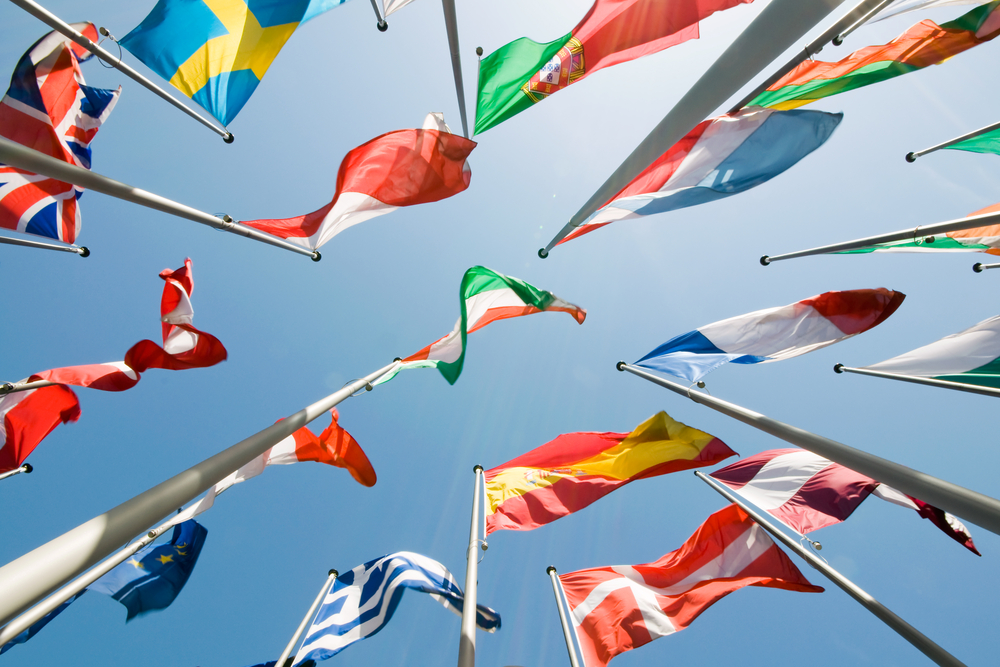Global demand for food is expected to increase by 70% by 2050, while a steep increase in biomass use will also put pressure on agriculture, according to several EU-funded research projects published in conjunction with World Food Day 2014 which took place this week.
Feeding the world without damaging the environment is the focus of many and the EU is investing over €4 billion in research and innovation for a European bioeconomy that makes the most of our renewable biological resources. Agriculture is a key component, securing food production, ensuring the sustainable management of natural resources, and supporting development in rural areas, it says.
The EU is the source of 18% of world food exports, worth €76 billion. But in the EU and elsewhere, agricultural waste is holding farmers back and costing taxpayers money – between €55 and €99 per tonne.
Turning agricultural waste into animal feed – the solution favoured by EU-funded research project NOSHAN – would open up new opportunities for farmers while cutting Europe’s dependence on feed imports. This would, in turn, create new green jobs in waste collection, treatment plants and feed manufacturing. The concept will be particularly welcome in rural areas, where growth is less intensive than in urban areas, and where the feed industry is a powerful economic engine.
“One third of food produced for human consumption is lost or wasted globally – a total 1.3 billion tonnes a year – and food processing produces a large amount of this waste,” explained NOSHAN scientific coordinator Montse Jorba of the LEITAT Technological Center in Spain. “Fruit and vegetables have the highest wastage rates of any food. This amounts to a major squandering of resources, including water, land, energy, labour and capital.”
The NOSHAN project will turn food waste – in particular fruit, vegetables and dairy – into animal feed, at low cost and, while keeping energy consumption low.
The processes developed by the project will help agri-businesses to recover the calories contained in food thrown away, the energy that went into producing this food and also lead to a significant decrease in water use (food waste accounts for more than a quarter of total global freshwater consumption). By reducing the need for separate feed production, the NOSHAN approach could reduce increasing competition between food and feed production – both of which need land and water.
NOSHAN is also working on functional feed ingredients derived from food waste that target specific animal needs, such as health promotion or disease prevention. For example, researchers are currently identifying functional fibres and peptides (chemical compounds) within waste. These will be used to develop feed products tailored to pigs and poultry.

